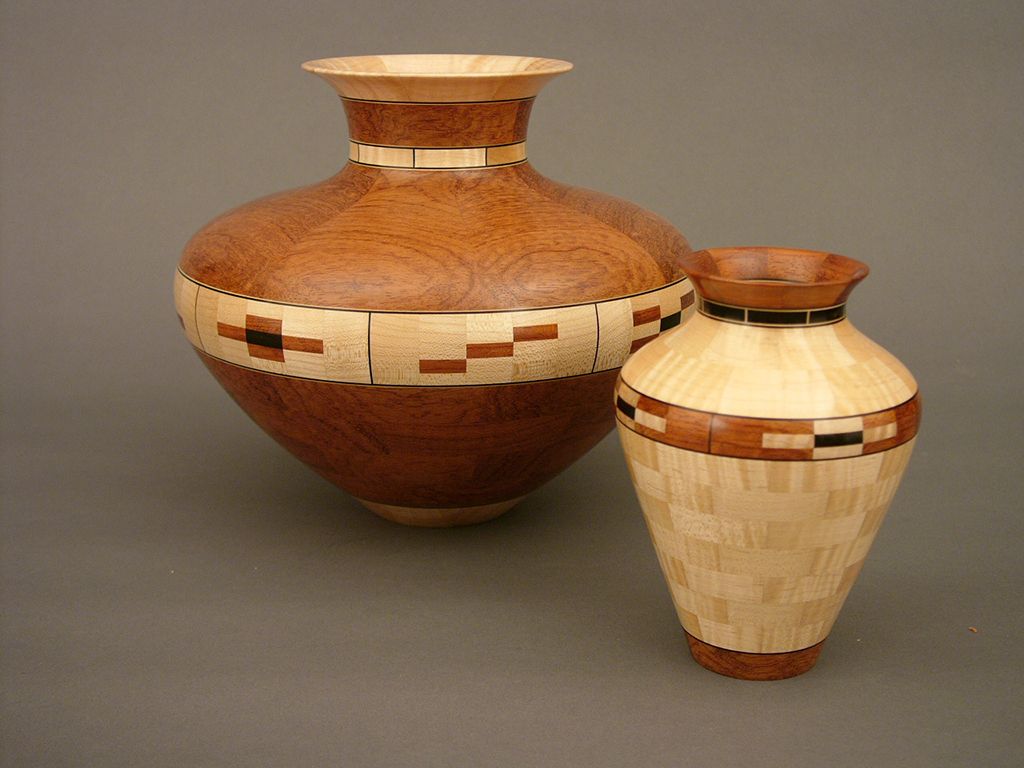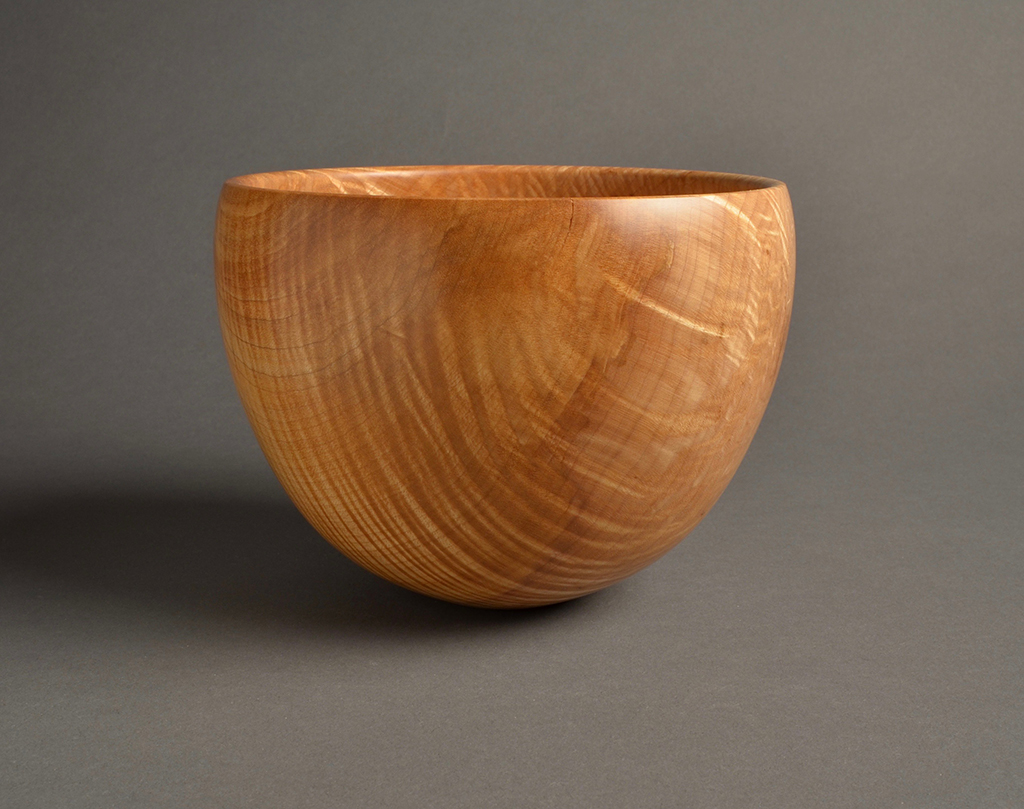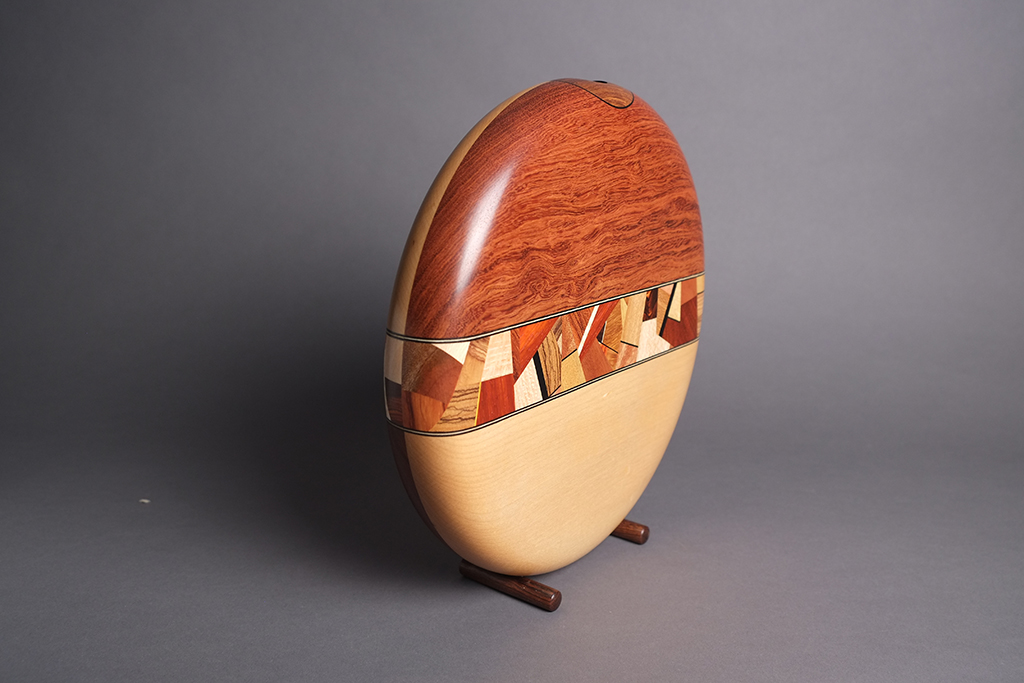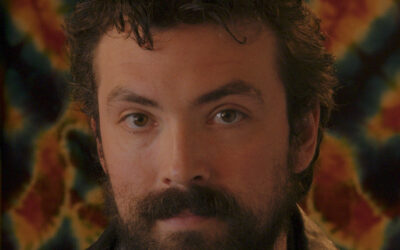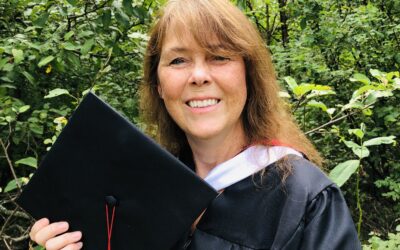My first interest was segmented woodturning, in which the object (usually a bowl or vase) is constructed of many segments of wood glued together, and then turned to its final form on the lathe. This allows the use of different species of wood, different grain orientations, and geometric features in the piece. I enjoy the challenge of achieving the precision that this work requires; also, I have a preference for symmetrical forms, and segmented designs allow the enhancement of visual symmetry.
I still make segmented pieces, but have now branched out into other areas of woodturning. I turn large bowls, small bowls, platters, and small-to-medium sized hollow forms. Hollow forms, in particular, require different tools and different skills from segmented work. I’ve also produced many smaller and less complicated pieces such as bud vases, candlesticks, and lidded boxes. I strive to always be developing new skills and trying new techniques in my work.
Biography
I started my career as a woodturner shortly after retiring from my previous life as a physicist. I moved to West Virginia in 1994, bought a wood lathe, and soon thereafter met W. Paul Weinberger, of Weston, a patternmaker retired from our once-thriving glass industry. He became my mentor and close friend. I learned his process for producing segmented woodturning, and I continue to use his method for that type of work today. Through continuing growth and education at places like the Arrowmont School in Tennessee, I’ve also expanded my range to other types of woodturning, including platters, hollow forms, and sculptural pieces. I’ve entered numerous juried exhibits in West Virginia and neighboring states, have won two Best In Show awards, and was selected for the Made in West Virginia award (Art & Design category) by West Virginia Living magazine in 2013. Woodturning is my main activity, but I’m also an old-time fiddler and occasional square dance caller. Life is good.
Other Creative Skills
Metalworking, Woodworking


